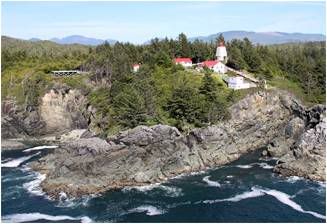
Part of the compromise to persuade British Columbia to join the Canada Confederation in 1871 was the agreement to build a transcontinental railroad. Several sites were considered for the railroad’s western terminus, including Port Alberni, situated a third of the way up Vancouver Island at the end of a long inlet that almost cuts the island in two. Cape Beale Lighthouse, the first to be constructed along Vancouver Island’s western shore, was built with that plan in mind and would have saved ships two to three days of sailing to reach Burrard Inlet, near present day Vancouver, where the terminus was eventually set.
Cape Beale, situated at the southern entrance to Barkley Sound forty miles north of Cape Flattery, was named by Captain Charles Barkley in 1787 to honor John Beale, the purser of Barkley’s ship, the Imperial Eagle. Beale, along with 2nd mate Miller and four other crew members were killed by Indians at the Hoh River on the Olympic Peninsula, near Destruction Island later that same year.
In 1872, Benjamin W. Pearse, the assistant surveyor general of the newly formed province, along with several civil engineers, tried unsuccessfully to land on the cape to scout a suitable site for the light. Unwilling to concede defeat, the men attempted to hike six miles overland to the cape from Bamfield, but were thwarted by the impenetrable rainforest that barred their way.
The following year, they succeeded in landing on the rocky cape, which connects to the mainland by a tidal beach, and selected a site for the lighthouse.
Construction began later that year by a crew supervised by Charles Hayward, of Hayward and Jenkinson. The workers and building supplies were transported to the area by the schooner Surprise, which anchored at Dodger Cove, near the Ohiat Indian Village and Trading Post on Diana Island, just north of Cape Beale. From there, Hayward hired First Nations people to raft the materials over to Cape Beale and haul them up the steep incline to the site.
The original light station consisted of a keeper’s house and a thirty-one-foot tapered tower, painted white and topped by a black lantern room enclosing a second-order Fresnel lens.
The light, 167 feet above the sea and visible for nineteen miles, was first lit by Robert Westmoreland, on July 1, 1874. Keeper Westmoreland noticed that the supplies he received did not match the bills of lading and was quite vocal in his speculation that James Cooper, the marine agent in Victoria, might have something to do with it. Cooper sued for slander, and won, costing Westmoreland his job, which he had held for just four years. The marine agent, however, got his due, when further investigation uncovered that Cooper had indeed been skimming off the top. Cooper was arrested but skipped bail and fled the country before a trial.
Westmoreland’s successor, Emmanuel Cox, had earlier served as an overseer on Lord Hamilton’s estate in County Cork, Ireland, but wanting to escape class distinction, had emigrated to California. Upon hearing that Vancouver Island resembled Ireland, Cox relocated there and found work as an agricultural laborer. In 1874, the Governor General of Canada, Lord Dufferin, and Lady Dufferin, the daughter of Lord Hamilton, sought out Cox when they visited Victoria. Appalled to find her old friend working at a level little better than her father’s tenants, Lady Dufferin used her political weight to have him appointed lighthouse keeper at Berens Island in Victoria Harbour. Three years later, Cox was promoted to Cape Beale and moved there with his wife, Frances, and five children, Frances, Annie, Gus, Pattie, and Ernest.
Mrs. Cox never complained of the isolation at Cape Beale or the fact that she was the only white woman for miles around. John Mack, a member of the First Nations, was hired for $5 a month to provide assistance at the station and watch for the Union Jack flying, a signal of distress. He faithfully performed these tasks for an amazing fifty years.
In 1894, John spotted the flag and rushed to the station to discover that his friend, Emmanuel, had died of a heart attack. Next, John paddled his canoe forty miles to Port Alberni to inform Pattie of her father’s death, arriving at two in the morning. Mrs. Cox’s request to replace her husband as keeper was denied, and the fifty-eight- year-old widow was left destitute without claim to her husband’s pension.
The next keeper’s wife rose to fame through her heroic efforts that saved the crew of the 168-foot bark Coloma.
As the sun rose on December 7, 1906, after a wicked night of winter gales, Keeper Thomas Patterson spotted a distressed ship offshore. He awakened his wife, Minnie, and together they kept watch through a telescope. As the bark drifted closer, they could see that the decks were awash and the crew was clinging to the stump of the mizzenmast.
During the night, the winds had toppled trees and snapped the station’s telegraph line, making it impossible to get word of the vessel’s predicament to the light tender Quadra, anchored off Bamfield. Thomas could not leave his post, so Minnie donned a jersey, cap, and her husband’s slippers, and set off into the rain forest that had blocked Pearse’s team thirty-four years earlier. After wading through frigid, waist-deep water at the tidal inlet, bushwacking along the mangled trail, crawling over fallen stumps, sinking knee-deep into swampy bogs, sliding on slippery moss, and at times threading the fallen telegraph wire between her fingers as the only mark to the trail, Minnie finally arrived at the head of Bamfield Inlet. She had hoped to find the rowboat that was usually moored there, but it was gone.
Clinging to the water’s edge she continued undaunted, until deep water would force her back into the forest. After zigzagging another 2 1/2 miles up the inlet, Minnie arrived at the home of Annie Cox McKay, to find that Annie’s husband, John, was away repairing the telegraph line. Without hesitation, the two women launched a skiff and rowed through the rain to the Quadra.
Upon receiving the news, the Quadra weighed anchor and sailed off to help the crew of the Coloma, which was by now, in dire straits. Just after the last of the crew was safely aboard the Quadra’s longboat, the Coloma slammed into a reef and broke up.
Back on shore, Minnie made her way to the telegraph house, where after sipping a cup of hot tea, she announced, “I must get back to my baby.” The two cable operators accompanied her back to the station in their skiff, where along the way, she later said, her legs cramped up so badly, she could hardly move.
Newspapers across the country picked up her story, and she became a bit of a celebrity. When a Seattle Times reporter came to interview her, he brought a check for $315.15 from the women of Vancouver and Victoria, along with personal gifts including a new pair of slippers for Tom. Minnie retrieved the remains of her husband’s old slippers, and holding them up, laughed, and remarked, “I told Tommy that if going over the trail is worth all this money. I had better do it every time it storms so we can retire and get away from here.”
Though her spirit didn’t shatter along the trail, her health did. Minnie never fully recovered and contracted tuberculosis, dying five years later.
By 1958, dry rot had eaten through the original wooden lighthouse, and it was replaced by a thirty-two-foot, steel, skeleton tower topped with an aluminum lantern. An enclosed staircase in the center of the tower provides access to the lantern, where a modern beacon casts forth its light 167 feet above the sea. White slats are mounted on three sides of the tower to serve as a day marker. The old keeper’s dwelling was replaced by three single-family homes, and in 1968 two Airchime fog horns took over the function of the 1908 diaphone.
While Cape Beale still sees an occasional distressed boat, the modern day keepers rarely hike the trail, preferring to radio for help or go inland via boat or helicopter.
Photo Text & Copyright www.Lighthousefriends.com



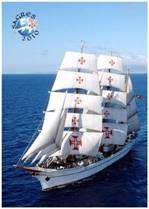





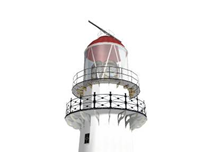
















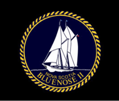

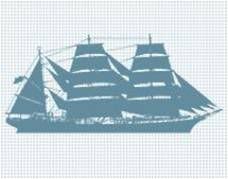
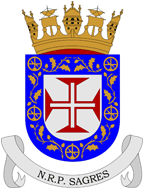

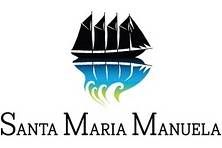
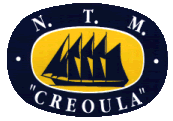

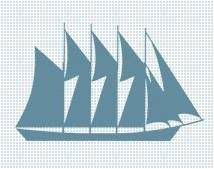






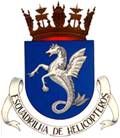
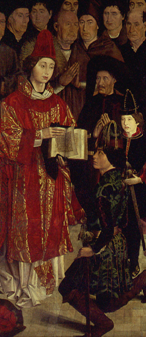
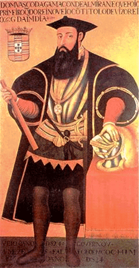
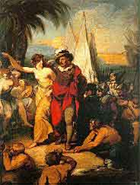

.png)




























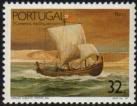
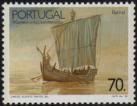


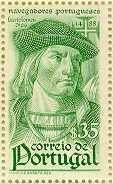


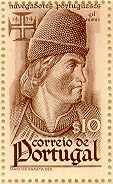



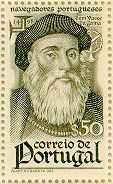

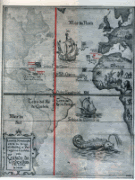
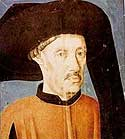
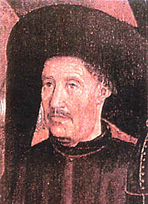

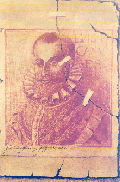
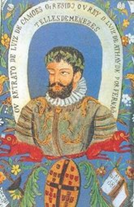
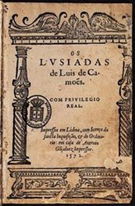
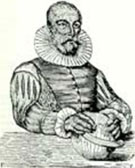

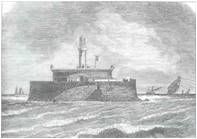




































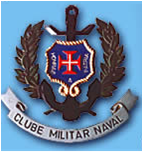






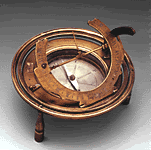
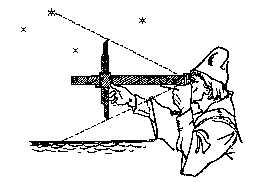










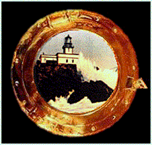


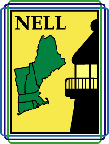





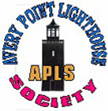



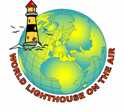

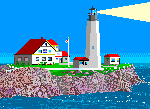




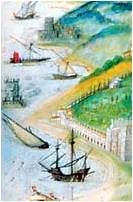

Sem comentários:
Enviar um comentário